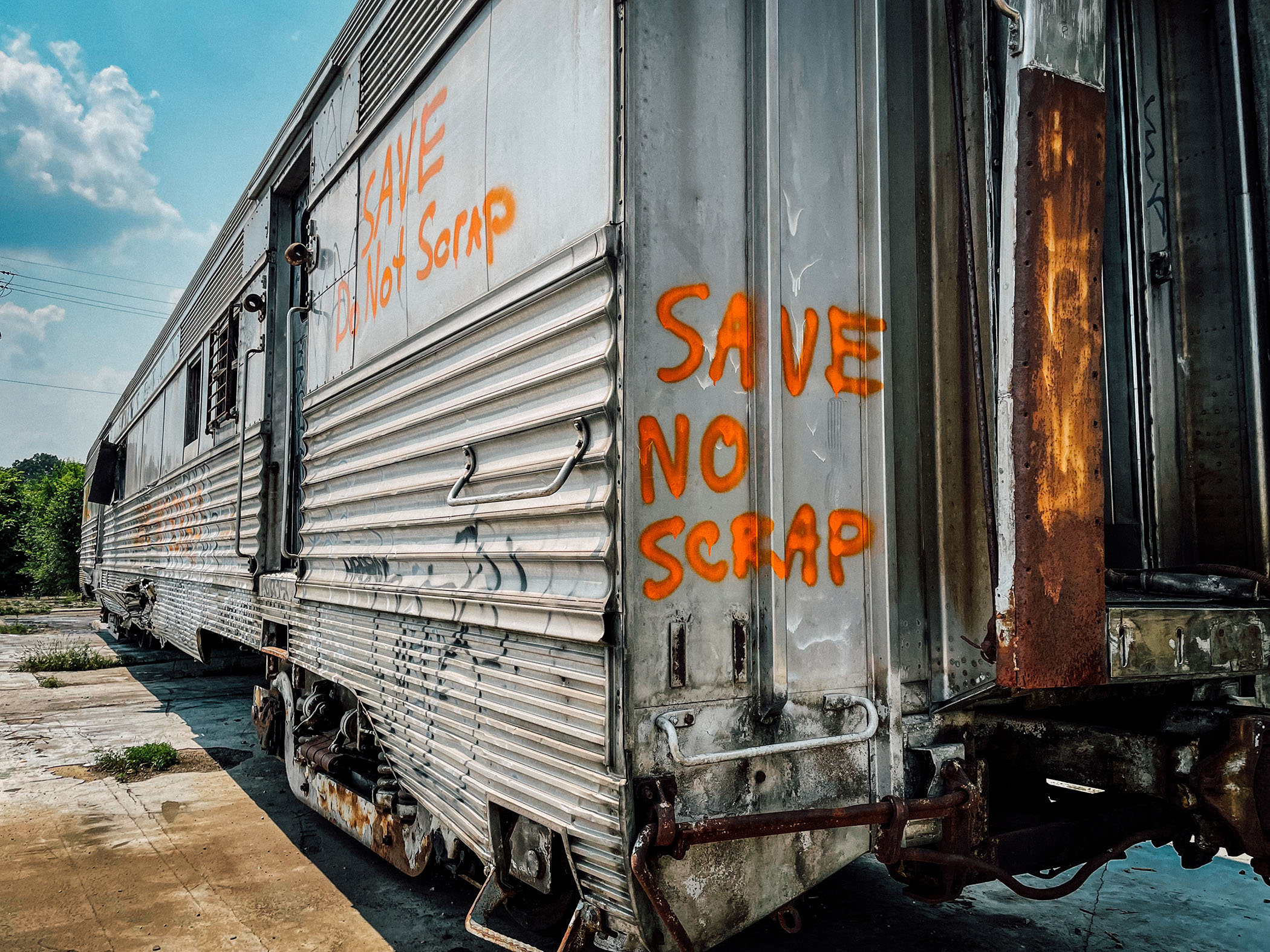Moved by the implosion of the Indiana Transportation Museum in 2018, Trains Magazine editor Jim Wrinn took it upon himself to write what he called the “Top 10 Rules of Railway Preservation.” Five years on, hosts Rob Davis, TJ Gaffney, and Kelly Lynch revisit the list and share lessons, insights, and recommendations for strengthening your railroad preservation initiative before it’s too late.
Key Takeaways
The collapse of the Indiana Transportation Museum, which was pretty unideal for almost everyone involved, saw dozens of pieces of railroad history destroyed, relocated, disbanded, or permanently placed out of public view. Unfortunately, it’s not the first time – and may not be the last.
For each of Jim’s rules, Ahead of the Torch dives deep to offer weathered and tactical advice and to help your railroad organization. It doesn’t matter if you’re a tourist railroad, small-time museum, up-and-coming non-profit, or multi-million-dollar operation, something here will apply to you.
You can view the video above or click here to watch and subscribe on YouTube.
In addition, we’re also linking a copy of the Association of American Railroad Museums Standards and Practices, which is required reading for anyone looking to professionalize their efforts.
To impart your insight, click here to join the conversation on Facebook.
For a summary and some key takeaways, read on:
1.) Control Your House.
You’re in danger if you don’t control your destiny. While Jim’s rule mentions only controlling obvious physical assets (land, property, etc), we believe this goes above and beyond having a stable location.
Controlling your own house means asking yourself if your “house” is hospitable, and presentable and if the volunteers and staff at work there are in relative harmony. Remember, you’re not a family, you’re a community, and you share this space together. Does your “house” have curb appeal or is it the house on the block that people try to avoid driving by?
If you were going to buy a house, you’d get it appraised. So, don’t be bashful about appraising your organization on an annual basis.
Ask yourself: Is your house in order? What rooms need work? Where are the holes in the roof? Where is the foundation shoddy? Consult those who know you – and those who don’t – when exploring answers to these questions.
Who is in your house and do they know their roles?
Do you know who serves the “front of the house” and who serves the “back of the house?”
Are the right people in the right places to keep your home functioning?
1.5) – Safety
We’ve added Safety because while it wasn’t specific to Jim’s list or his reflections on the Indiana Transportation Museum, it also cannot be an afterthought.
Do you know what a safety audit is? Do you have standards, practices, and training? Who owns those processes? Who reviews them? What qualifies the trainers and safety personnel? Is your safety culture entirely casual or overtly performative? Who looks out for guest and staff safety? When was the last time your insurance broker made a site visit? Who keeps records of safety recommendations, improvements, and incidents? If the answer to these is “yes,” is that information widely known or available, or a closely guarded secret in a wide-ruled notebook underneath a builder’s plate?
If you don’t know or have these answers, bookmark this page, close your browser, walk away, and start nailing down the answers.
2.) Keep Your Relationships Healthy
Anyone engaged with your organization should have a consistent and positive impression of it. No one is “beneath you” in any imaginary hierarchy of groups, museums, or non-profits.
Who is in charge of maintaining relationships? Do they act transparently? Is there a backup plan if a key person leaves or departs your organization and at organizations you work with?
Cultivating relationships means giving and taking, and not just being around to ask for favors or help.
Do people in your organization support other groups? Did they buy tickets or have memberships elsewhere? How can you confirm your organization is accessible, approachable, and reachable? When’s the last time you planned a group outing or a board visit to another comparable organization – or another non-railroad-related entity?
You’re playing a part in the “long game,” and you should remember to pursue things that have mutual benefit, and that seeds may bear fruit immediately. Ultimately, doing the right thing even if there is no tangible benefit is encouraged as there are many intangible benefits you may not normally have, but don’t overextend yourself or let others take advantage. Understand that healthy relationships should be mutually nourishing.
3.) Know Your Local Community
Don’t let enemies suck your energy, but create advocates and disciples and evangelists. If you don’t, you will only have enemies.
Turn everything you do into a press release. Don’t just talk about what you’re doing when you’re trying to move tickets or sell swag.
Find ways to prove your value and demonstrate it over and over again.
You know that local business or group that you’re dismissive of? That’s probably how someone thinks of your group, too. Try like the devil to get out in front of negative perceptions and make it a point to overcome mere optics.
Be visible, approachable, malleable, collaborative.
4.) Have your community know you.
Build relationships. Seek community liaisons out. Traditional media will still reach audiences you don’t reach otherwise. Incentivize media coverage. Get names. Create a database. Do an event just for press and media coverage. Like with safety, someone should own outreach. For the love of God, do not just rely on social media to do everything for you.
It’s okay to let others (especially non-choo-choo-people) take ownership of what you’re doing, too. Joy can be infectious. We are holding precious items in trust. Our entire purpose is to share. Who in your organization is good at sharing? Or bad at sharing?
5.) Network within the preservation community.
Don’t overlook opportunities to network within the industry itself. Make your organization more than a place on a screen or a map. There are annual conventions, but they are often scheduled on top of busy times of the year. Carve out time or send ambassadors.
Ask what people know about you, or what they’ve heard. How many other groups are on your mailing list? How many are you a part of?
There’s no shame in emulating good ideas and tailoring them to your organization. Put yourself in a position to pay things forward and remember that being a part of the community means also being accountable and respectable, too.
BUT, be mindful of how you professionalize.
Don’t let growth or professionalism suck the fun out of things, or marginalize others. Policies and procedures should be foundational, but not create walls. If there’s a rule or policy that is prohibitive, outdated, or limiting, re-evaluate it.
Remember also that no other railroad group is your competitor. If you think this way, you’ve already lost the game.
6.) Manage your collection. A balance between ambitious and realistic is desirable.
We want to save all the stuff, don’t we? Sometimes that means getting our emotions out of our way. Once upon a time, it made sense to try and grab everything you could from the railroads, storage yards, etc. But now is the time t o rationalize and organize. Make plans for equipment you don’t have plans for. Give someone else the opportunity to preserve history.
What fits the story you’re trying to tell? What is relevant? What made sense to get years ago, but now makes less sense to hold onto? What can you afford to live without? Who else could benefit from what you have?
There will be more 11th-hour saves and 12th-hour scrapings. What can we do to minimize both?
Don’t be worried about making a little progress instead of a lot. Don’t limit other people’s opportunities to move the needle, either.
Sometimes being responsible means doing stuff that sucks. It’s not always our stuff — just our time.
If your equipment isn’t telling your story, how can it help someone else tell theirs?
7.) You and your museum live in the real world. You’re not immune to egos, human foibles, and misunderstandings.
Guests, riders, and supporters are seeking you out for a reason – they are not coming to see or hear about your bullshit. Keep your chips un-shouldered, out of public view, and refrain from talking shop in front of guests or public areas. Don’t let the public see you bleed, but also don’t let them see bloodstains on the floor.
Remember for so many visitors, the experience you provide will be someone’s first exposure to everything you have helped make possible.
It’s our job to make people care. Accept that people are ignorant – better yet, they are a blank canvas – but that is a canvas on which you can impart something valuable and memorable.
You may be serving 90% of people well, but who or what are you missing? Ask your visitors what they’re for and try and give it to them.
We can be an escape for many – both volunteers and visitors. How do we make it worthwhile? We forget we can fuse multigenerational experiences.
We are a touchstone for the positive, but it has to be a choice and shouldn’t happen by accident.
When it comes to board meetings and leadership opportunities, don’t waste time on table stakes. Don’t make small things into board issues. A lot of smaller groups get caught up in the rules of order or handing out soap boxes, but remember you can reshape your meetings, create committees, and make board and leadership productive and brief.
Get out of the weeds. Literally. If you’re spending half of your meeting talking about lawnmowers, you’re wasting everyone’s time. Deal with that stuff before or after. Do as much as you can to inform actual conversation and action items ahead of a larger discussion.
8. Have a plan A, B, C, D, E, F, and G.
You may have a goal, but how do you stairstep your way to success or sustainability? What is your 3, 5, and 10-year plan? What are the specific and measurable objectives to accomplish to get there? Realize that strategic planning should have a north star to guide it – and ensure everyone with you believes in it too – but stay flexible. There is more than one way to chart your way into space.
How do we make it easier for the next generation to love and take care of the things we’ve loved and cared for? Remember, the next generation doesn’t just mean young people, it means people who haven’t joined your cause yet.
9. Never forget that even though you are a non-profit, you’re still a business. Job No. 1 is staying in business.
If growth is your objective, seek out people that can replace you. Don’t accept the status quo, especially if you helped make it. What is the succession plan, the strategic plan, and the alternatives if they don’t go the way you need them to?
10.) Always remember you are there for the visitors.
You are never above providing a quality customer experience. It doesn’t matter if you’re a major donor or have the most volunteer hours, but if you or someone a part of your group is damaging to the customer experience, they undermine everyone’s contributions.
What’s it like to arrive at your site? What’s it like to interact with someone there? Ask yourself what the customer experience is like at every stage of their interaction through the website, social, parking lot, front door, rolling stock, back shop, archives, and on.
If your house isn’t in order, why would anyone want to come inside?


